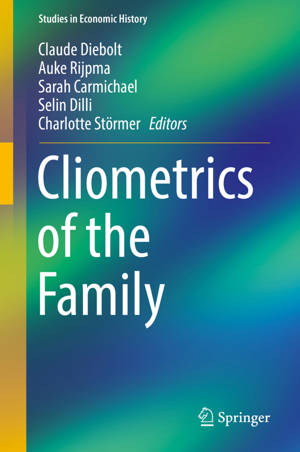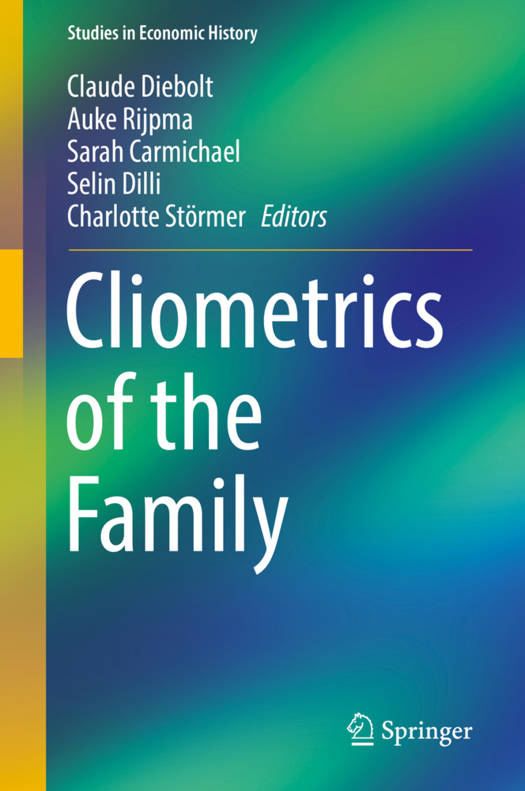
- Retrait gratuit dans votre magasin Club
- 7.000.000 titres dans notre catalogue
- Payer en toute sécurité
- Toujours un magasin près de chez vous
- Retrait gratuit dans votre magasin Club
- 7.000.0000 titres dans notre catalogue
- Payer en toute sécurité
- Toujours un magasin près de chez vous
Description
This contributed volume applies cliometric methods to the study of family and households in order to derive global patterns and determine their impact on economic development. Family and households are a fundamental feature of societies and economies. They are found throughout history and are the place where key decisions on fertility, labour force participation, education, consumption are made. This is especially relevant for the position of women. The book gathers key insights from a variety of fields - economics, history, demography, anthropology, biology - to shed light on the relation between family organisation and the long-term process of economic development.
Spécifications
Parties prenantes
- Editeur:
Contenu
- Nombre de pages :
- 366
- Langue:
- Anglais
- Collection :
Caractéristiques
- EAN:
- 9783319994796
- Date de parution :
- 18-02-19
- Format:
- Livre relié
- Format numérique:
- Genaaid
- Dimensions :
- 156 mm x 234 mm
- Poids :
- 698 g

Les avis
Nous publions uniquement les avis qui respectent les conditions requises. Consultez nos conditions pour les avis.





